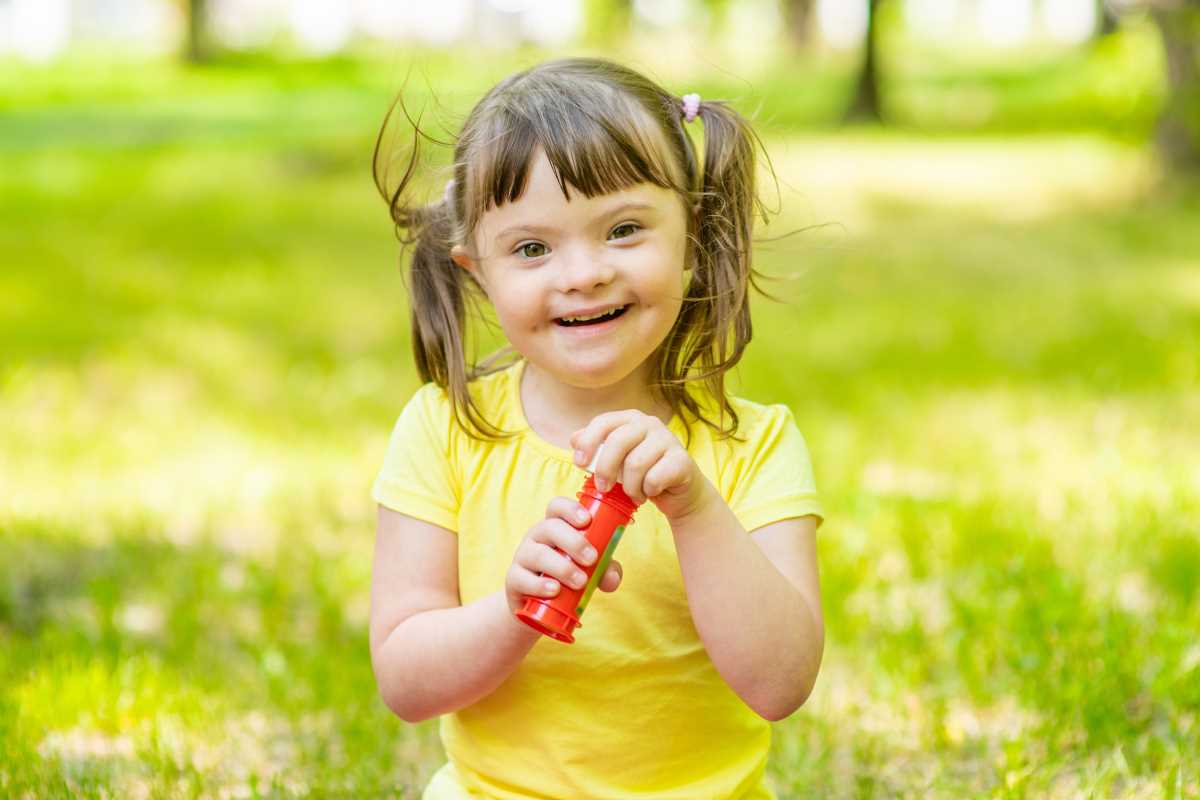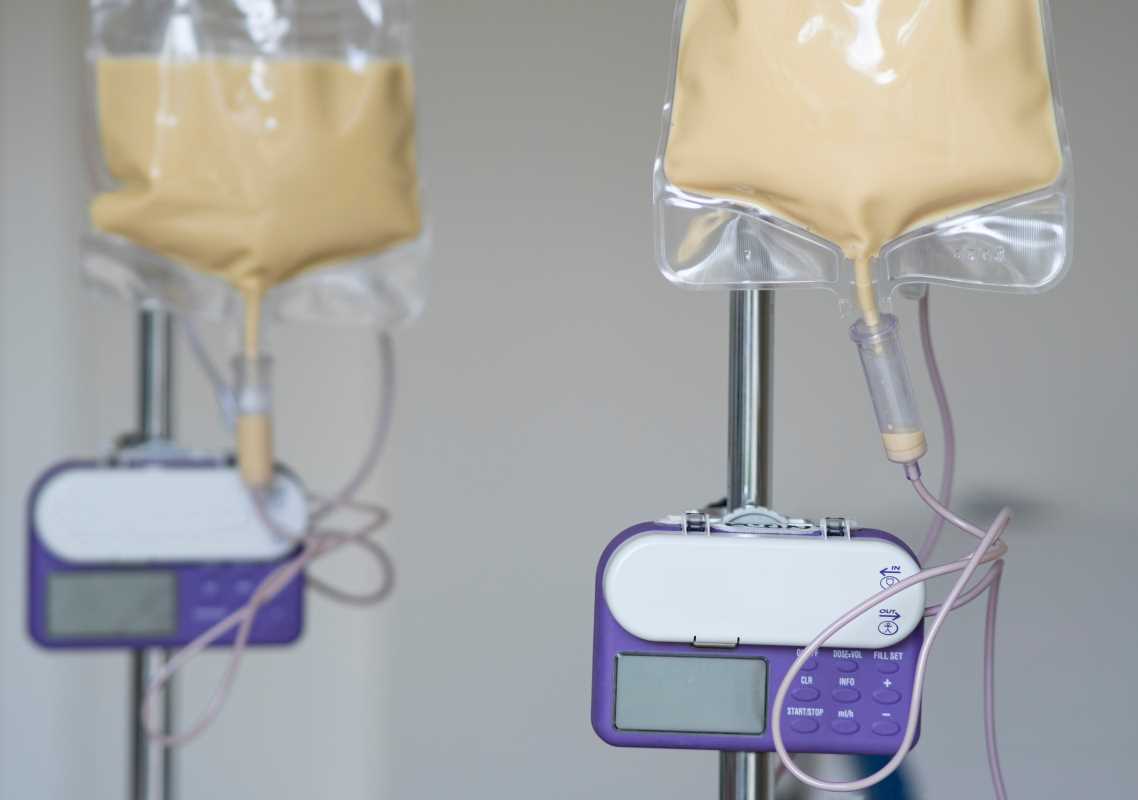Every parent dreams of watching their child grow and hit milestones, like saying their first words or taking their first steps. But what happens when those milestones come later than expected, or you notice behaviors that seem a little different? For some families, these signs may point to autism. Autism spectrum disorder (ASD) is a developmental condition that affects behavior, communication, and social skills. Recognizing early signs in infants and toddlers can lead to earlier interventions, which makes a huge difference in supporting their development.
This article will break down what autism is, highlight common early signs to look for in young children, and provide practical advice for parents on evaluation and early support. Understanding these signs equips you to seek the resources your child needs to thrive.
Autism is a spectrum disorder, which means it affects people in different ways and to varying degrees. Some individuals with autism may have significant challenges with communication or daily living, while others might need only minimal support and excel in certain areas. The condition is lifelong, but with early intervention and the right strategies, children with autism can make remarkable progress.
Scientists don’t fully understand what causes autism, but they believe a combination of genetic and environmental factors is involved. It’s important to remember that autism isn’t caused by parenting or anything you did during pregnancy. It’s just how your child’s brain develops and processes the world.
Why Early Signs Matter
Identifying signs of autism when a child is very young can lead to earlier intervention and better outcomes. During the first few years of life, the brain is rapidly developing and is especially adaptable to learning new skills. Early support can help children build communication, social, and other critical skills that improve their quality of life over time.
If you notice early warning signs in your child, don’t panic. Not every delay or unique behavior means autism, but it’s always better to check and get professional insight. The sooner you act, the sooner your child can get the support they may need.
Common Early Signs of Autism in Infants and Toddlers
While every child is unique, there are some behaviors that can signal the early signs of autism. These signs may appear as early as six months to a year old and often become more noticeable as the child grows. Here’s what to look for:
1. Lack of Eye Contact
Most babies naturally seek out their parents’ faces and make eye contact during interactions. If your baby avoids looking at you when you’re talking, feeding, or playing, it could be an early sign to monitor.
2. Limited Social Interaction
Children with autism may not respond to social cues in typical ways. For instance, they might not:
- Smile when you smile at them.
- Show interest in games like peek-a-boo.
- Raise their arms to be picked up.
Instead, they might seem more focused on objects than on people.
3. Delayed or Unusual Communication
Pay attention to how your child communicates, even in the earliest months. Early signs of communication challenges include:
- Not babbling or cooing by 12 months.
- Not pointing to objects or responding to their name by 12–14 months.
- Using few or no words by 16 months, or not combining words into simple sentences by age 2.
Some kids may develop speech but use it in unusual ways, like repeating the same words or phrases (called echolalia) without understanding their meaning.
4. Repetitive Movements or Behaviors
Repetitive actions, such as flapping their hands, rocking back and forth, or spinning objects, can be an early indicator of autism. While it’s normal for young children to repeat some movements, behaviors that occur frequently and seem unusual for their age warrant attention.
5. Difficulty with Imitation
Babies and toddlers often mimic the people around them, whether it’s smiling, clapping, or copying gestures like waving. If your child rarely imitates these actions, it could point to a delay in social development.
6. Strong Focus on Unusual Interests
Toddlers with autism may become intensely interested in unusual or specific objects, such as wheels on a toy car or the pattern on a rug. They may play with objects in repetitive ways rather than using them as intended—for instance, lining up blocks instead of stacking them.
7. Sensory Sensitivities
Some children with autism have heightened or reduced sensitivity to sensory input. This can show up as:
- Overreacting to loud noises, bright lights, or certain textures.
- Becoming distressed by tags on clothing or certain types of food.
- Seeming indifferent to pain or not reacting when touched.
8. Regression of Skills
A less common but significant sign of autism is when a child appears to lose skills they previously had. For example, they might start saying a few words and then stop speaking or suddenly seem less socially engaged than before.
What to Do If You Notice Signs of Autism
If you’re observing any of these behaviors in your child, trust your instincts as a parent and don’t wait to take action. Here are the steps you can take:
1. Talk to Your Pediatrician
Start by discussing your concerns with your child’s doctor. Be specific about what you’ve noticed—for example, “My child doesn’t respond to their name” or “They haven’t started pointing yet, and they’re almost 14 months old.” Your pediatrician can recommend developmental screenings to evaluate whether your child is meeting typical milestones.
2. Request an Early Evaluation
If your pediatrician shares your concerns, they may refer you to a specialist, such as a developmental pediatrician, psychologist, or neurologist, for further evaluation. You can also contact your state’s early intervention program directly for a free assessment. These programs help children under three years old who have developmental delays or disabilities.
3. Learn About Early Intervention
Early intervention services can include therapies like speech therapy, occupational therapy, and applied behavior analysis (ABA). These therapies are designed to target specific developmental skills and are often most effective when started early.
4. Educate Yourself
Take time to learn about autism and understand what it means. Look for resources from trustworthy organizations, such as the CDC’s “Learn the Signs. Act Early.” program or local autism support groups. The more informed you are, the better prepared you’ll be to advocate for your child.
5. Build a Support Network
Connect with other parents of children with autism so you can share experiences and advice. Online forums, community groups, or support networks can offer reassurance and practical tips for navigating the path ahead.
 (Image via
(Image via





